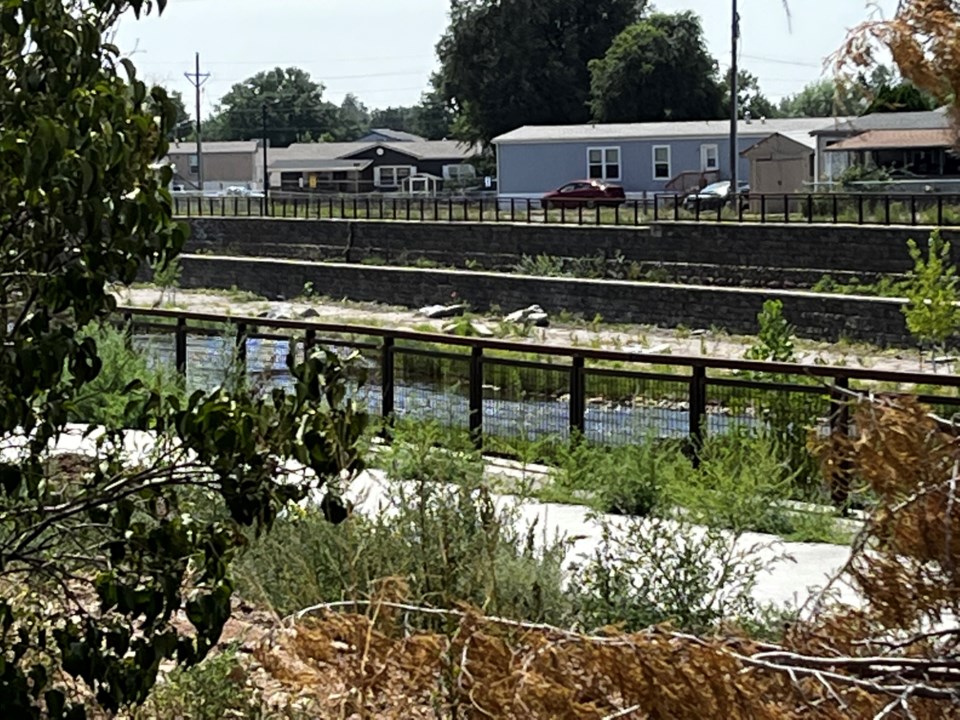The Longmont Leader accepts contributions, photos, and op-eds for publication from community members, business leaders and public officials on local topics. Publication will be at the discretion of the editor and published opinions do not represent the views of the Longmont Leader or its staff. To submit a contribution, email [email protected].
In his October 3, 2022 piece in the Times-Call, Gordon Pedrow opines that City Council needs to correct an impression that the Resilient St. Vrain Project (RSVP) bond election is a request for a $20 million “blank check” because it has not yet been designed. There are no numbers on blank checks. The City of Longmont is very clear about cost estimates for work to be completed. Suggesting the city is asking voters to approve a blank check is simply not true.
I support the project but am not writing specifically for that reason. Voters should review the substantial information available to the public on the City’s website and make up their own minds on the merits of the bond rather than rely on this – or any - writer’s opinion. I would, however like to respond to Mr. Pedrow’s statement that “City staff has confirmed that the flood improvements for the Hover Reach of the Resilient St. Vrain Project (RSVP) have not been designed; therefore, a realistic cost estimate does not exist”.
Longmont City Councils, past and present, make many financial decisions based on conceptual or preliminary designs. In fact, all prior work on the RSVP used preliminary design estimates to obtain grants and federal funding. Longmont’s engineering staff assures us that preliminary design cost estimates are an industry standard for identifying financial requirements for projects, even in cases where there may be variations in design choices. We have also been assured that final designs rarely create substantive cost surprises because of how engineering estimates are derived including market-based contingencies for materials and other construction costs.
The City received preliminary engineering costs estimates for the reach referred to as “Sunset to Hover” from an expert consultant. The total of that estimate is $21 million which includes channel improvements and a new bridge crossing.
Considering the findings of our consultant, City Council concluded that it would be a waste of taxpayers’ money to fund an expensive and unnecessary final design until approval of the bond by Longmont voters. It is more than a little puzzling that Mr. Pedrow would suggest the City is asking for a blank check since, during his tenure as Longmont’s city manager, he would have made many important financial decisions based on preliminary design cost estimates. As I recall, he supported the Chimney Hollows bond question, and its engineering cost estimates, which was approved by voters in 2017.
All large infrastructure projects come with some degree of risk and uncertainty. Here, however, the preliminary engineering cost estimates are the basis for the “up to” $20 million language presented to the voters. It is worth noting that the specific bond language for the November 8 election stipulates that the purpose of the $20 million financing is for storm drainage improvements, including improvements to the St. Vrain drainageway from Sunset to Hover. It is hard to understand how this language can be interpreted as a blank check.
Longmont engineering staff has continually demonstrated a prudent and successful execution of large capital improvement projects. That includes projects where habitat preservation or restoration was necessary. The City has already removed a significant portion of the community from the FEMA defined flood plain in recent years. Pending approval of the $20 million bond, the Sunset to Hover stretch would continue that work and remove one of Longmont’s largest affordable housing communities from flood hazards.
At our regular meeting on June 29, 2021, staff presented to Council a rate study and estimates from a drainage master plan identifying $79 million in unmet needs for improvements to Longmont’s storm drainage system. Those projects are focused on renewal of aging storm infrastructure and improvements to mitigate known drainage and flooding problems in the storm system. These improvements, along with the Hover to Sunset reach of the RSVP which will remove people and property from a flood plain, are all about the health and safety of Longmont residents. We’re not asking voters to approve a blank check, but for the means to protect residents and businesses from future catastrophic flooding.



